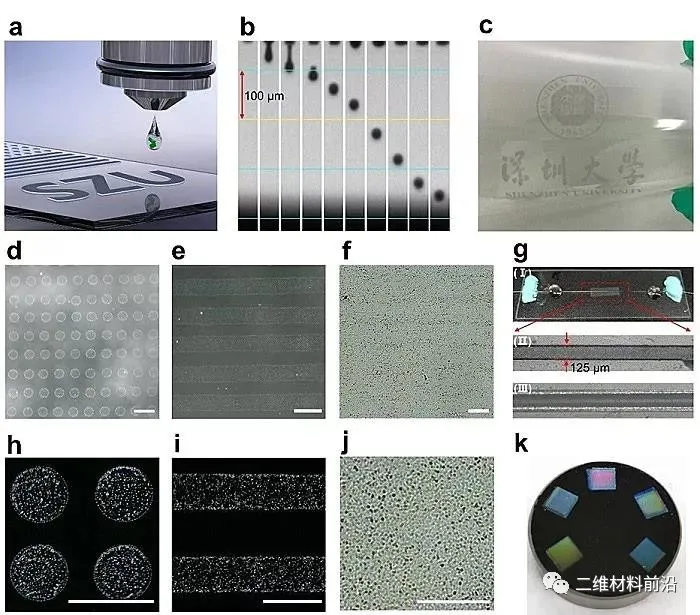 In recent years, two-dimensional materials have a variety of novel physical and chemical characteristics that are different from traditional bulk materials, and perfectly meet people‘s increasing demand for miniaturization, integration, high efficiency, and multi-functional devices. The current hotspots and priorities of cross-disciplinary research.
In recent years, two-dimensional materials have a variety of novel physical and chemical characteristics that are different from traditional bulk materials, and perfectly meet people‘s increasing demand for miniaturization, integration, high efficiency, and multi-functional devices. The current hotspots and priorities of cross-disciplinary research.
Among them, two-dimensional non-linear optical materials are indispensable and important elements for future nano-devices such as non-linear photonics, plasmon, and optical-optical / electrical / magnetic / acoustic mutual control. Widespread attention of researchers in medical and other fields.
Ever since the two-dimensional material family MXene was invented by Yury Gogotzi and others at Drexel University in the United States, it has attracted widespread attention. The linear absorption of MXene is about 1% / nm, which is much lower than that of graphene‘s 2.3% / single layer (the thickness of each single layer of graphene is ~ 1 nm).
Due to the various excellent physical and chemical properties of MXene materials, such as high electrical conductivity, high elastic modulus, high permittivity, tunable band gap, high optical transmittance, ion implantation, room temperature preparation, and Good compatibility with water, organic solvents and organisms.
MXene has been widely used in energy storage, structural materials, electromagnetic shielding, water purification, gas sensors, biosensors, catalysts, hydrogen production, photothermal treatment, and nuclear waste processing.
Professor Zhang Huan, Professor Wen Qiao, Professor Lao Changshi of Shenzhen University and Professor Xie Guoqiang of Shanghai Jiaotong University cooperated with each other. The related results were published online in the journal "NPJ:" Inkjet-printed MXene micro-scale devices for integrated broadband ultrafast photonics ". 2D Materials and Applications.
This work is to prepare an important member of MXene Ti3C2 into a stable ink that can be used for printing, and print it on D-type optical fibers, high-reflection mirrors, silicon wafers, glass sheets and flexible substrates for fiber lasers and solids. Saturable absorption device for laser. The mode-locked output was achieved in 1.06 and 1.55 micron fiber lasers with a shortest pulse of 114 fs, and the Q-switched output was achieved in a 2.8 micron mid-infrared fiber laser.
Furthermore, they also achieved a stable Q-switched laser output in a 1.06 micron near-infrared solid-state laser. Finally, the author summarizes the current situation and prospects of inkjet printing based on the two-dimensional material MXene.
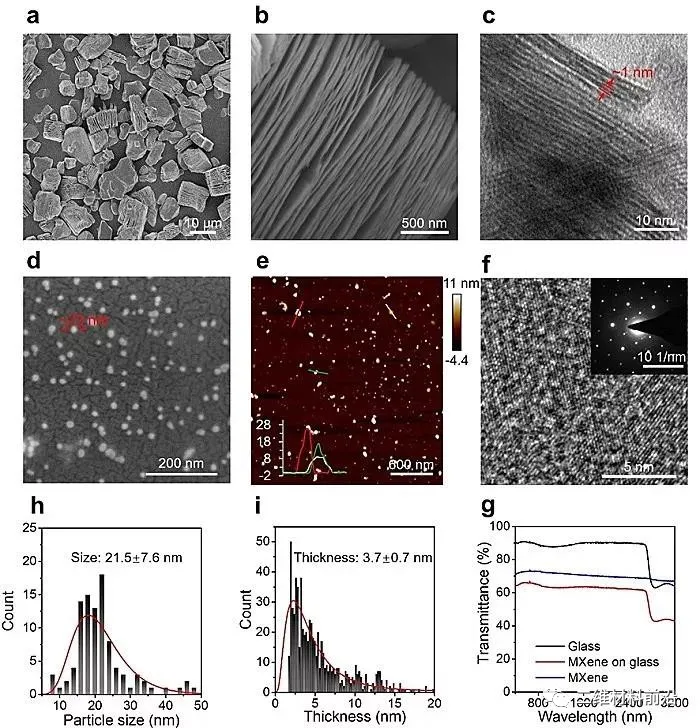
Figure 1 Morphological characteristics of MXene
(A-b) SEM images of MXene powder at different magnifications;
(C) HRTEM characterization of the intermediate layer thickness of MXene;
(D-e) SEM and AFM images of MXene in the IPA ink precursor;
(F) HRTEM image of MXene nanosheets;
(H-i) SEM and AFM characterize the size and thickness distribution of the nanosheets;
(G) Optical transmission of MXene on a quartz glass substrate.
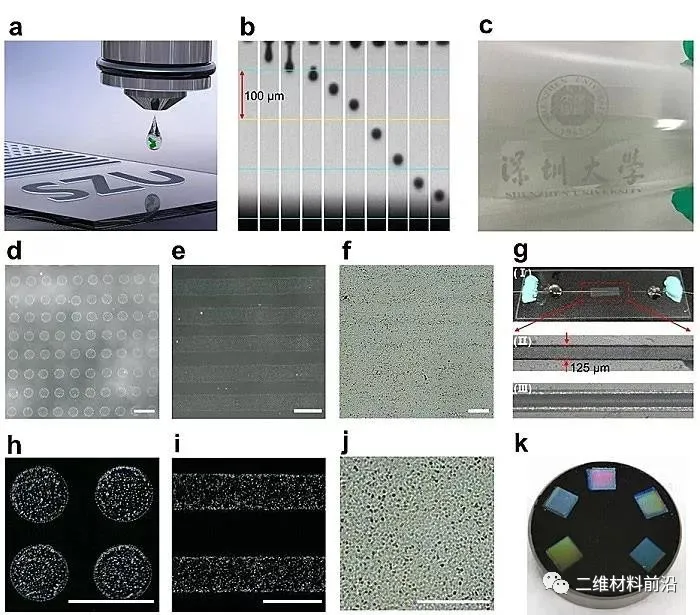
Figure 2 Inkjet printing features
(A) Schematic of inkjet printing;
(B) The droplet sequence as viewed from the printer‘s strobe camera;
(C) Transparent and flexible PET film for inkjet printed signs of Shenzhen University;
(D-f, h-j) printed dots, stripes and planes on glass substrates;
(G) Printed saturable absorber of side polishing fiber;
(K) Printing saturable absorption mirrors with different printed layers.
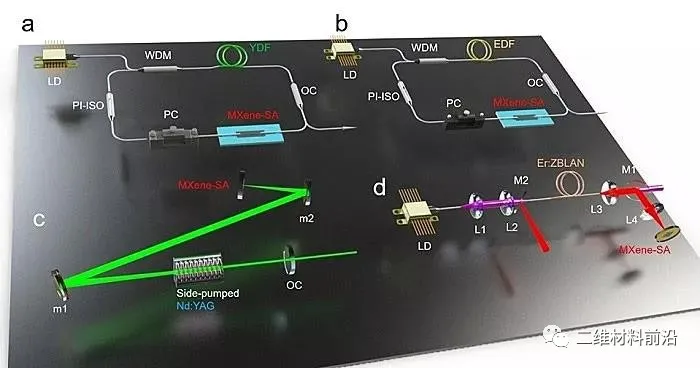
Figure 3 Schematic diagram of laser resonator (built-in inkjet printing MXene)
(A) Erbium-doped saturable absorber of D-type optical fiber;
(B) Erbium-doped fiber lasers;
(C) A side-pumped Nd-YAG laser with a saturable gold mirror;
(D) LD-pumped erbium-doped ZBLAN MIR fiber laser.
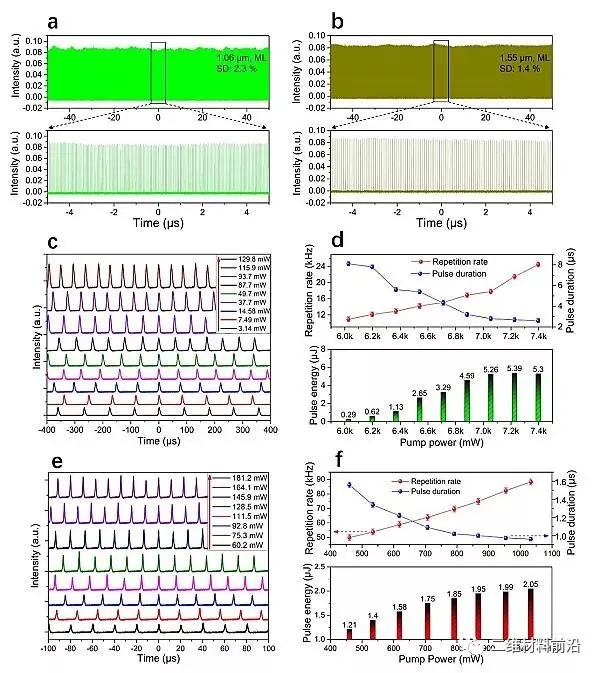
Figure 4 Experimental results of a broadband pulsed laser
(A-b) Mode-locked pulse sequence spectra of 1.06 μm and 1.55 μm fiber lasers;
(C, e) Variations of pulse sequences of Q-switched lasers of 1.06 μm and 2.8 μm at different powers;
(D, f) The relationship between the repetition rate, pulse width, and output power of Q-switched lasers of 1.06 μm and 2.8 μm.
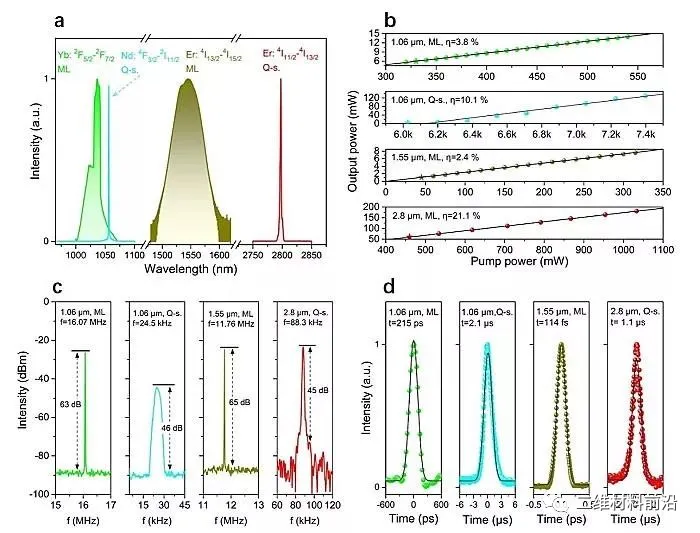
Figure 5 Experimental results of different pulsed lasers
(A) Spectral chart; (b) Oblique efficiency chart;
(C) Spectrum diagram; (d) Pulse width diagram.
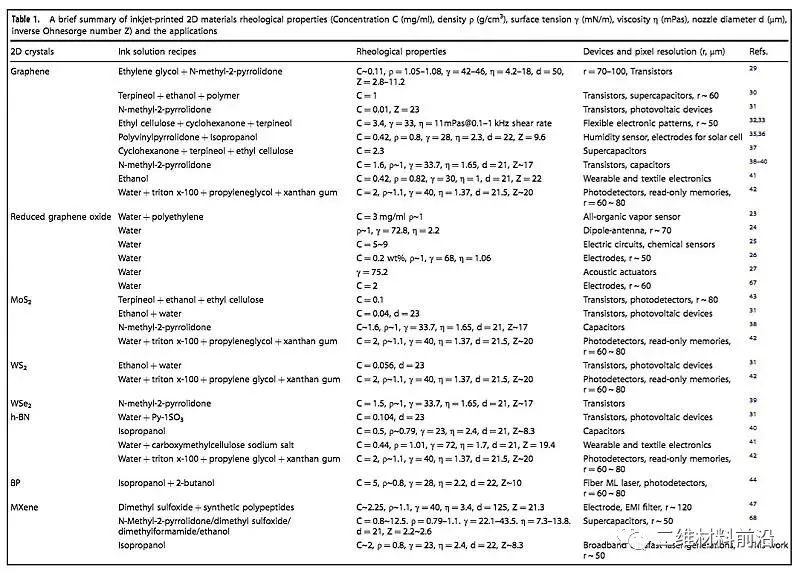
Figure 6 A brief overview of the rheological properties of two-dimensional materials for inkjet printing
The author takes advantage of the unique nonlinear optical characteristics of the two-dimensional material MXene and prepares an integrated broadband saturable absorber by inkjet printing. It has a series of advantages such as controllability, low price, and no adhesive. Ultra-short pulse output from 1 μm to 3 μm.
Based on this, the success of multifunctional inkjet printing MXene devices may pave the way for more advanced MXene photonic devices. Hope this work can provide inspiration for exploring other fully printed 2D materials or heterostructures to achieve integrated electronics Photonics devices.
The first authors of the paper are Associate Researcher Jiang Xiantao and Master Li Wenjia of Shenzhen University. Corresponding authors are Professor Zhang Jian, Professor Wen Qiao of Shenzhen University, and Professor Xie Guoqiang of Shanghai Jiaotong University. Shenzhen University is the first completion unit.
[Article link]
Inkjet-printed MXene micro-scale devices for integrated broadband ultrafast photonics
Xiantao Jiang, Wenjia Li, Ting Hai, Rui Yue, Zhangwei Chen, Changshi Lao, Yanqi Ge, Guoqiang Xie, Qiao Wen, Han Zhang
npj 2D Mater. Appl., 2019-09-04
DOI: 10.1038 / s41699-019-0117-3
The information comes from the Internet. If there is any infringement, please contact and delete it. This sharing is for academic sharing only and is not for commercial use.










